top of page


Name That Significance Test - 2020 AP Exam Edition
While we don't expect a full significance test on the 2020 AP Exam, it is still important that students can identify the correct test!

Math Medic


Strategies for Engaging Students in the Math Medic Review Course
Use the "Discussion" and "Notes" features in the Stats Medic AP Exam Review Course to get students interacting with you and other students.

Math Medic


Preparing Students for the 2020 AP Statistics Exam
Get all the details about the 2020 AP Stats exam, along with helpful tips for getting your students prepared.

Math Medic


Tips for Prepping to Teach Your Next Lesson
What should you think about before teaching your next lesson?

Lindsey Gallas


Calc Medic Review Course is Free for Schools Impacted by Coronavirus
We care about the AP Calc community and want to help. If your school has been impacted by COVID-19, the Calc Medic Review Course is FREE.

Sarah Stecher


Frequently Asked Questions for Using the Math Medic Review Course
We've compiled a list of the most common questions about the Review Course, and provided answers to point you in the right direction.

Math Medic

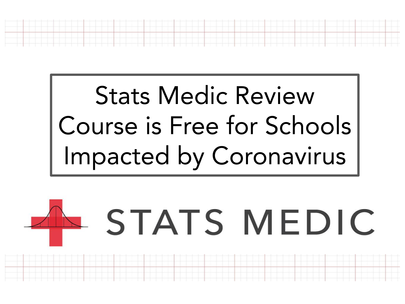
Math Medic AP Statistics Review Course is Free for Schools Impacted by Coronavirus
We care about the AP Stats community and want to help. If your school has been impacted by COVID-19, the Stats Medic Review Course is FREE.

Math Medic


Choose the Right Contexts for Linear Systems
Help your students deepen their understanding of linear systems by choosing contexts that highlight the math without complicating it.

Lindsey Gallas


Lesson Plans for CED Unit 9: Inference for Slope
AP Statistics lessons plans that align with Unit 9 of the College Board Course and Exam Description (CED) covering inference for slopes.

Math Medic


Lesson Plans for CED Unit 8: Chi-Square Tests
AP Statistics lesson plans that align to Unit 8 of the College Board Course and Exam Descriptions (CED) covering chi-square tests.

Math Medic


What is Normal Body Temperature?
In this lesson, students will use a significance test to decide if 98.6 degrees Fahrenheit is actually the true normal body temperature.

Math Medic


Build deeper understanding of lines through contexts
Spark students' intuitive understanding of slope and linear relationships through contextual questions.

Lindsey Gallas

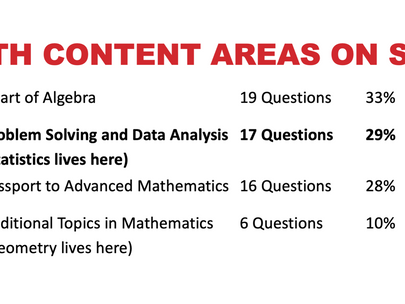
Redesigning Geometry Class for SAT Success
The redesigned SAT test has less Geometry and more Statistics than the previous SAT. As a result, this school changed their Geometry class.

Math Medic

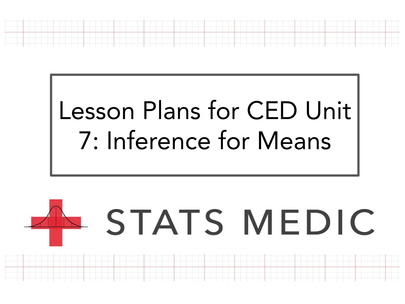
Lesson Plans for CED Unit 7: Inference for Means
AP Statistics lesson plans that align to Unit 7 of the College Board Course and Exam Description (CED), covering inference for means.

Math Medic

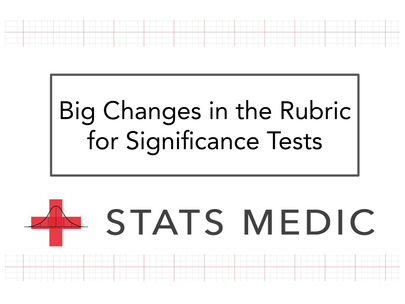
Big Changes in the Rubric for Significance Tests
The rubric for grading the significance test on the 2019 AP Statistics Exam has some big changes from how these were graded in the past.

Math Medic


A Full EFFL Lesson in One Class Period
Are you having trouble getting through a full lesson in one class period? Here are some tips to make you more efficient.

Luke Wilcox


Using Questions to Help Students Construct Understanding
How will my students do the EFFL activity if I haven't taught them yet? The key is in the questions you ask and how you ask them.

Lindsey Gallas


Lesson Plans for CED Unit 6: Inference for Proportions
AP Statistics lesson plans that align to Unit 6 of the College Board Course and Exam Description (CED), covering inference for proportions.

Math Medic


What Does This Dot Represent?
In this blog post, we reveal the ultimate solution to helping students understand inference - a simple question that the teacher can ask.

Math Medic

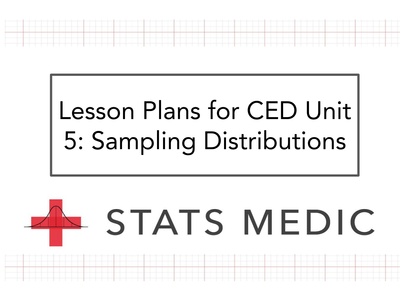
Lesson Plans for CED Unit 5: Sampling Distributions
AP Statistics lesson plans that align to Unit 5 of the College Board Course and Exam Description (CED), covering sampling distributions.

Math Medic
bottom of page
